Home improvement 2024 projects that will trend and change your life
From smart home Improvement to health-related age-friendly bathroom upgrades, we are covering the Home improvement 2024 projects that will trend all year and have a good chance to change your life!
Smart Home Improvement: Smart Home Integrations
2024 aims at being the year of technology and growth. Smart home ideas are the signs of the times, and ecologically front thinking is the way to go in New Year. The internet is now full of smart home automation ideas, and many people have been opting to follow the smart lifestyle. Integrating smart technology is a great way to upgrade your home next year. This can include smart switches and outlets that improve convenience, upgrade your energy efficiency, and allow for you to manage your home from a mobile app. Along with lights says you can also look at installing or integrating a smart thermostat into your HVAC system.
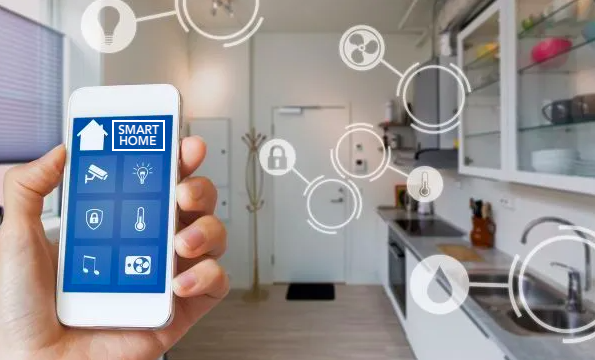
For Entryway
1. Smart locks
If you’re looking for smart house ideas – It’s time to get a smart lock for your door if you’re weary of fumbling with a bunch of keys to get into your house every day, or if you want to be able to let your kids in without handing them a key they could lose. Smart locks come with keyed and keyless entry systems, allowing you to activate the deadbolt with a code or a key. In addition, new technologies provide features such as burglar protection, which requires you to enter random numbers before entering the code so that finger smudges on the keypad do not reveal your code. Plus, automatic re-locking after 30 seconds and wireless security system alerting in the event of a break-in. There are also locks that you can unlock using your smartphone and are one of the best smart home automation ideas as it ensures your safety.
Some smart locks resemble traditional deadbolt locks but have Bluetooth or Wi-Fi functionality and add to the smart house interior design. Other locks use touchscreen keypads for a sleek aesthetic and the added security of a backup code. You may program your lock to recognize your smartphone and lock and unlock the door automatically when you leave and return. You may program your lock to arm your security system when the door locks, for example. This home automation idea for 2024 not only ensures your safety but also takes care of your comfort.
2. Entry Sensors
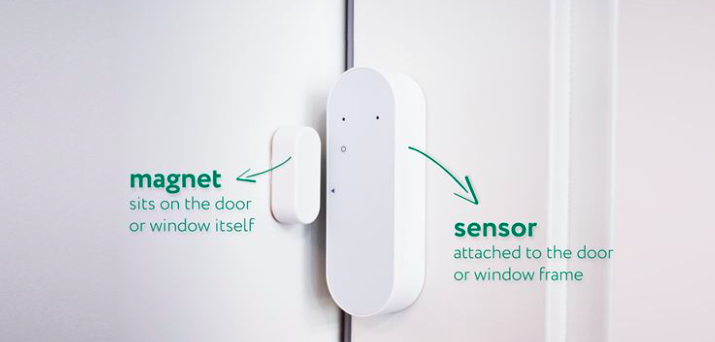
How do entry sensors work?
Wireless door entry sensors consist of two parts: the sensor itself that is attached to the door or window frame and a magnet that sits on the door or window itself.
When a door or window is opened, the magnetic sensor is separated from its counterpart and thereby knows what happened.
Via a communication protocol the sensor then transmits this message to your smart home hub, which can trigger automations or send you notifications.
What can I use an entry sensor for?
Entry sensors are relatively simple products, but that does not mean they are not useful. On the contrary, they give you many possibilities for your smart home.
Here are some of the classic use cases for entry sensors:
- Protect your home from intruders: Install door and window alarms at all doors and windows in your home and set up an automation to send you a notification if somebody opens them while you are not home. This way, you’re instantly alerted of unexpected guests and can have someone check up on your home before intruders can do much damage.
- Make sure your windows are closed when you leave home: Don’t leave your home vulnerable to intruders by leaving a window open when you’re not there. With window alarm sensors, you can get a notification via your hub if a window is open when you are about to leave.
- Automate lights and appliances: Attached to doors inside your home and connected to a smart home hub, a wireless door entry sensor can take over little things such as turning on the lights or your favorite music when you enter a room.
- Reduce your electricity consumption: Leaving windows open while your heating is on can quickly increase your energy bill. With window alarm sensors, you can set up a notification to not ventilate for too long during the cold season or connect a smart heating system to turn off your heating automatically when windows are open.
3. Smart Refrigerator

Smart refrigerator are capable of more than just keeping our food cool. Many people currently keep notes, photos, and the family calendar on their refrigerators, but what if your fridge could do far more? Smart refrigerators now include built-in family hub touch displays that let you access the internet, watch your favorite show, leave notes for each other, view the family calendar and more. These accurately are one of the best home automation ideas that 2024 has to offer. Smart refrigerators may also be equipped with the ability to detect internal temperature fluctuations, ensuring that your food is kept at the proper temperature at all times.
4. Lighting Control and Smart Bulbs
Light switches are good for small rooms with few uses, but most people nowadays utilise their living rooms for a wide range of activities that involve a large group of people. A smart light panel is an ideal smart home design idea to regulate the lighting in these areas. Light panels provide you with more devoted control over the many forms of lighting across the space, allowing you to set the proper amount of light more easily for your activities with a single button press. This smart home improvement idea is a one-time investment and optimizes the quality of your life.
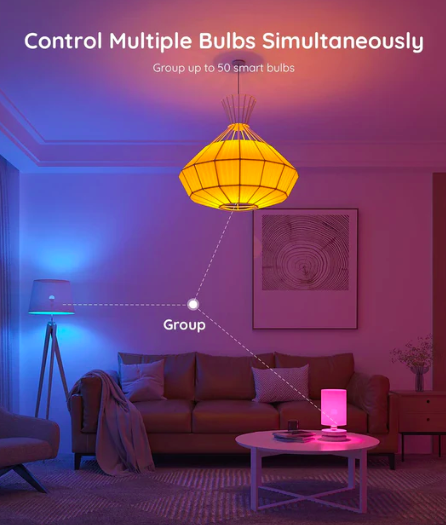
Health-Related Age-Friendly Bathroom Upgrades
Health is top of mind in 2024 and this will be reflected in health-related home improvements. With a record number of Baby Boomers aging in place in 2024, home remodels will reflect the importance of safety in the home. There is an increased demand for remodels to add increased accessibility and safety. They are:
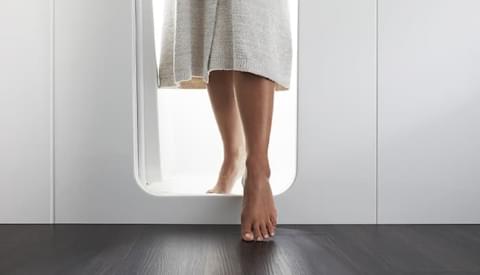
Walk-in tubs
Walk-in tubs: Walk-in tubs make bathing more comfortable for those with trouble standing or using a standard tub. Lower entryways and deeper tubs make getting in and out and cleaning your upper body easier.
For those of us who want to stay safe and independent in their homes for as long as possible, a walk-in bath might be just what we need. Whether you’re planning their home for their golden years or need a new accessible bathing solution immediately, a walk-in bath makes it possible for them to maintain their independence.
This type of bath is designed with a low door threshold to make entering and exiting the tub easier and safer.
Walk-in Showers
Walk-in showers: Designed without curbs or with very low curbs to step over, so you can practically walk right into them.
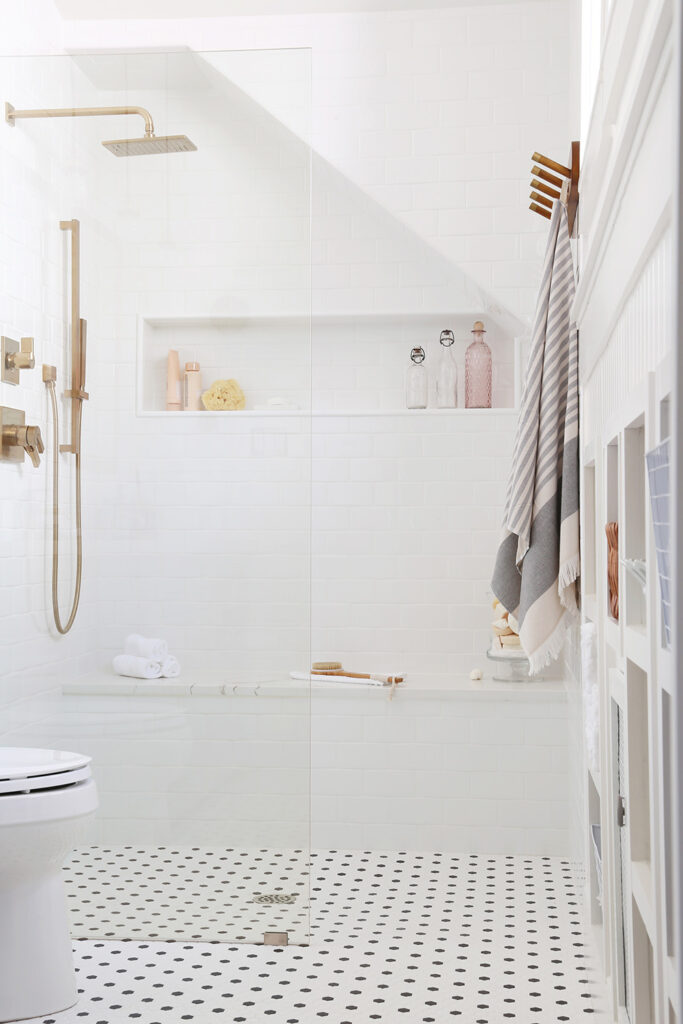
Extra Tall Toilets
Extra tall toilets: Their top of the toilet bowl and seat is at extra height measuring 20 – 21 inches from floor. They are more comfortable for taller people Taller sitting height leads less pressure on joints and lower back, helps sitting down and standing up easier.
Grab Bars
Grab bars: Positioned near the toilet and in the shower, they offer support when standing or moving.

Grab bars are graspable bars to help someone maintain balance and lessen fatigue while standing. They are used to provide safety in the bathroom for seniors, people with disabilities and those recovering from an injury or illness that impairs balance or mobility.
Grabbars can be installed in the tub or shower area, near the toilet or sink and in other areas of a home, such as the kitchen, hallway and other rooms. In this guide, we focus primarily on bathroom grab bars.
Why Use Grab Bars?
Many falls for older adults happen in the bathroom where slippery surfaces like the tub, shower floor and slick tile walls create a hazardous environment that can lead to accidents. Grab bars placed in strategic locations, such as on shower or bath walls, can prevent slipping and falling. When installed beside the toilet, they can assist with sitting and standing, and when placed next to the sink or vanity, a grab bar can provide additional stability.
Types of Grab Bars
Bathroom grab bars come in a variety of styles, finishes and sizes. The most common types of bathroom grab bars include:
- Wall-mounted. These grab bars are installed securely to the wall with mounting screws and anchors.
- Bathtub-mounted. Adjustable clamps fit the grab bar base tightly over the rim of the bathtub, providing stability when getting in and out of the tub.
- Suction. These grab bars attach to the wall with suction cups and are best used as a temporary measure, such as when traveling or while recovering from certain surgeries or injuries. Suction grab bars are generally used to assist with balance and not intended to support your full body weight. Check the suction on the bars regularly, as it may become less secure over time. These bars should only be installed on a non-porous surface, such as tile—never on drywall.
- Folding. These grab bars fold-down or flip-up when not in use to save space in tight areas, such as beside the toilet or sink.
- Free-standing. Free-standing grab bars are often floor-to-ceiling tension bars located beside the tub or shower to assist with exiting and entering. Another type is a toilet enclosure with stand-alone rails and a safety base to help with sitting down and standing up.
Grab bar in installation locations: near toilets and near or inside the showers
There is no standard placement for grab bars in residential bathrooms. Instead, it depends on our height and how difficult it is for you to sit on and stand up from the toilet, navigate in and out of the shower or bathtub and stand at the sink. Location also depends on the reasons you need grab bars. For example, we may need grab bars mainly for balance in the shower, to assist with getting in and out of the tub or for help getting up from the toilet.
Grab Bar Style
- Straight grab bars can be installed horizontally, vertically or diagonally on the wall and also come in free-standing models.
- Wave grab bars have a slight curvature and offer a more stylish decor alternative to straight grab bars.
- Textured grab bars are made with textured materials for a slip-resistant grip.
- 2-in-1 grab bars serve another purpose, such as doubling as a toilet paper holder, shower shelf for toiletries or a towel rack.
Non-slip tiles
Non-slip tiles: A simple yet effective measure to prevent falls, especially on wet surfaces.
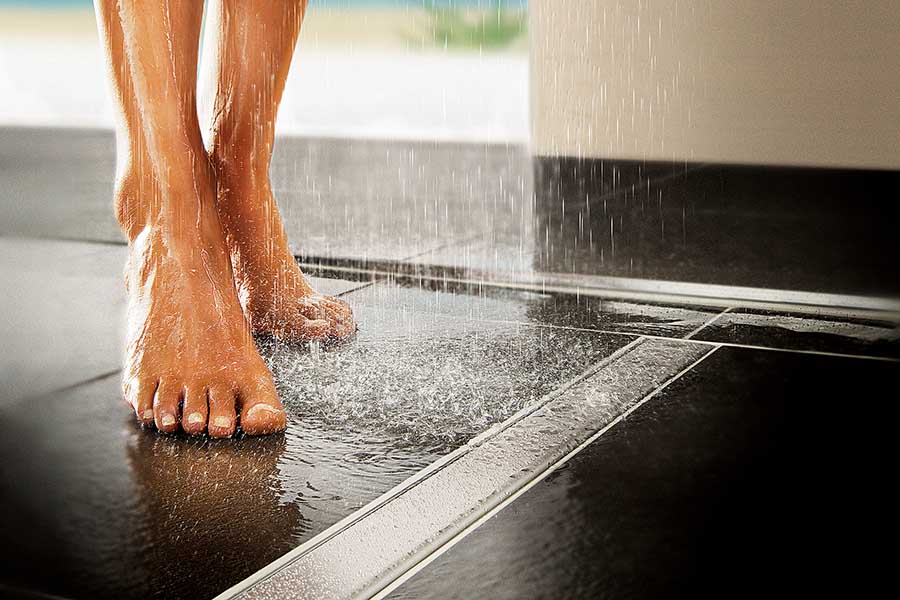
When it comes to bathroom design, there’s more to think about than how aesthetically pleasing it will be. Of course, style plays a large part in our planning, but we should also consider how to make our bathroom a safe place to be – from the layout to choosing anti-slip tiles for the floor.
While there’s no way to guarantee 100% non-slip in a bathroom, wet room or any other area that will be prone to wet conditions or spillage, there are things you can do to dramatically reduce the chances of slipping, and make it a safer place to be.
Floor tiles for slip resistance
There aren’t many residential building Federal level regulations around reducing slip hazards, so the safety aspects of your bathroom design are down to personal choice. There are, however, laws guidelines for the use of floor tiles in commercial environments – like a restaurant kitchen or hotel bathrooms.
It’s important to remember that ALL surfaces can become slippery when wet – whatever floor tiles or wall tiles you opt for in your bathroom design. However, non-slip tiles are given ‘ratings’ based on slip-resistance testing.
Using anti-slip tiles in your bathroom design
Anti-slip tiles vary in styles, effects and textures, so you can find the perfect floor tile or wall tile to work with your bathroom design. Just because we’re considering safety, it doesn’t mean you have to compromise on style. Let’s think about the material we want to use in our overall design – whether we’re embracing the natural look that’s hugely popular in modern bathrooms, or a traditional theme, there’s a wide range of stylish anti-slip tiles to sit perfectly within any bathroom design!
We hope you found at least one interesting item we covered in article Home improvement 2024 projects that will trend all year and have a good chance to change your life! From smart home Improvement to health-related age-friendly bathroom upgrades, adding at least one of these amenities will allow you as the homeowner and your loved ones the freedom to continue living smart and autonomously within your homes.
DISCLAIMER: This is a blog post. Read it with a grain of salt. These are personal opinions on the products we like online and you may agree or disagree with the opinions. We do not endorse or imply any medical claims from our articles. Our articles should not be taken as recommendations but rather opinions. Not intended as a substitute for appropriate medical advice and are not intended to diagnose, treat, cure, or prevent any disease.







Leave Your Comment